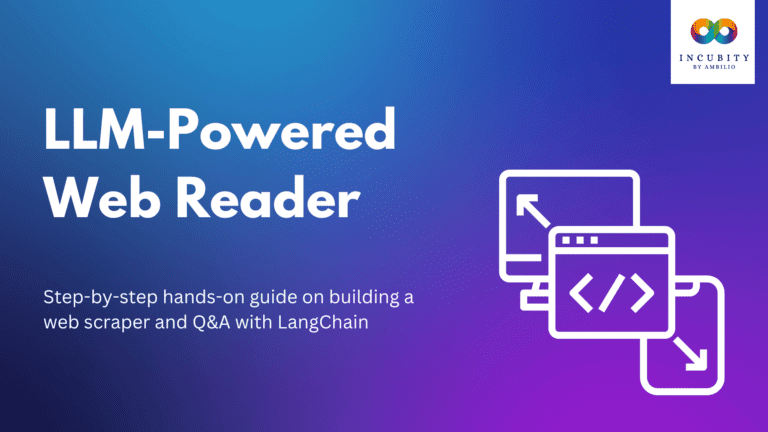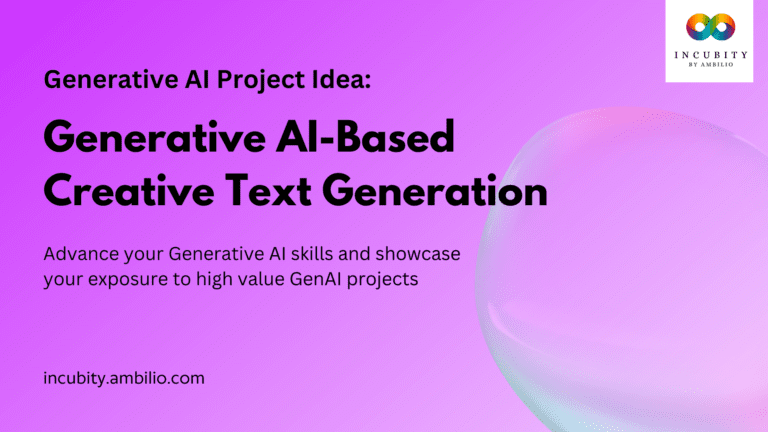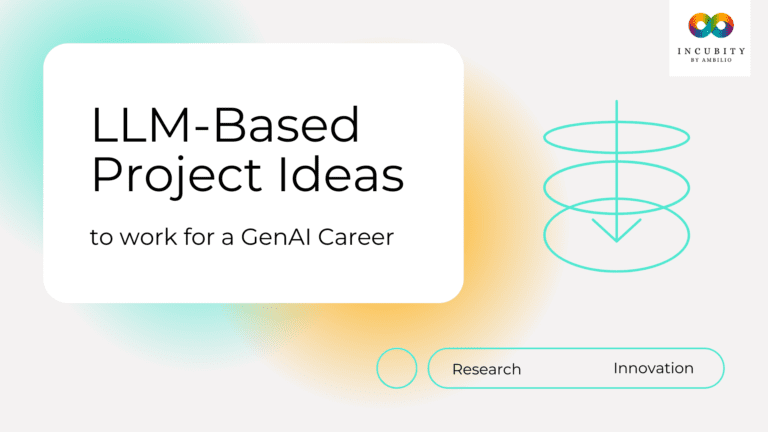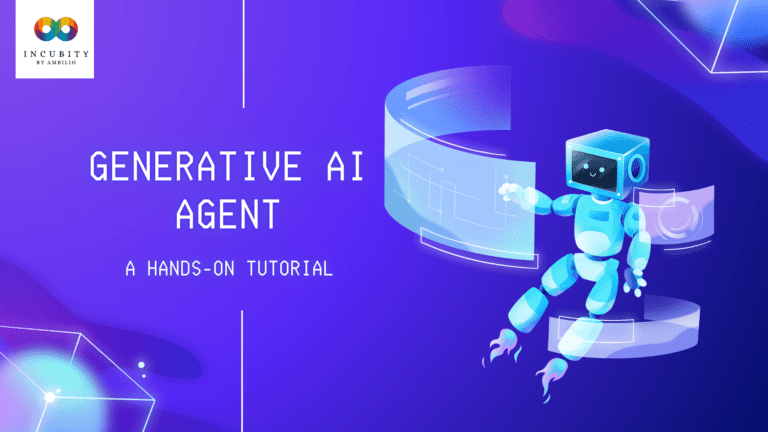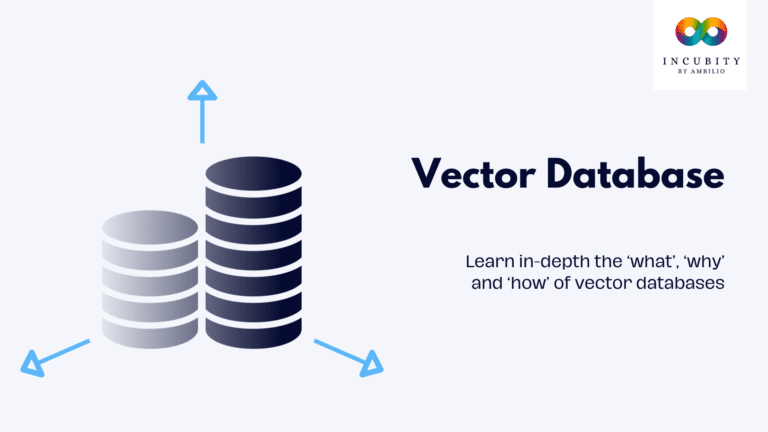Prompt engineering is an emerging field that holds immense potential in leveraging large language models (LLMs) to generate accurate and relevant responses. By crafting effective prompts, we can tap into the capabilities of LLMs to generate content, provide customer service, conduct research, enhance education, and create engaging entertainment experiences. In this article, we delve into the intricacies of prompt engineering and explore its diverse industry applications.
What is Prompt Engineering?
Prompt engineering is the process of designing and optimizing prompts to elicit desired responses from large language models (LLMs), such as GPT-3.5. A prompt is a short piece of text that provides instructions or hints to the language model, guiding its generation of a response.
Prompt engineering involves carefully crafting prompts to achieve specific outcomes or prompt-guided behaviours from the language model. The goal is to provide clear instructions or context to steer the model’s generation in the desired direction. By designing effective prompts, users can enhance the accuracy, relevance, and specificity of the LLM’s responses.
Prompt engineering is essential because language models like GPT-3.5 do not possess the human-like understanding or common sense reasoning. They rely heavily on the given prompt to generate responses, and the quality and effectiveness of the prompt directly impact the generated output.
How Does it Work?
Prompt engineering is the process of designing and optimizing prompts to effectively guide large language models (LLMs) in generating desired responses. It involves creating prompts that provide clear instructions and hints to the LLM, enabling it to understand the task or query at hand and produce accurate and relevant outputs.
- Choose a large language model (LLM). An LLM is a type of artificial intelligence (AI) that is trained on a massive dataset of text and code. This allows the LLM to learn the relationship between words and phrases, and to generate text that is both coherent and grammatically correct.
- Define the task. What do you want the LLM to do? Do you want it to generate text, translate languages, write different kinds of creative content, or answer your questions in an informative way?
- Write a prompt. A prompt is a short piece of text that provides instructions or hints to the LLM. It should be clear, concise, and specific. For example, if you want the LLM to generate a poem about love, you might write a prompt like “Write a poem about the feeling of love.”
- Provide examples. If possible, provide examples of the type of output you are looking for. This will help the LLM to better understand what you are asking for.
- Run the prompt. Once you have written a prompt, you can run it through the LLM. The LLM will generate a response, which may or may not meet your expectations.
- Evaluate the response. Evaluate the response and make any necessary changes to the prompt. This process may take several iterations before you are satisfied with the results.
Once you have successfully written a prompt, you can use it to generate text, translate languages, write different kinds of creative content, or answer your questions in an informative way. Prompt engineering is a powerful tool that can be used to improve the performance of LLMs. By following the steps above, you can learn to write effective prompts that will help you to get the most out of these powerful language models.
Here are some additional tips for writing effective prompts:
- Use keywords and phrases that are relevant to the task you want the LLM to complete.
- Provide examples of the type of output you are looking for.
- Use natural language, rather than technical jargon.
- Be patient and experiment with different prompts.
With a little practice, you will be able to write effective prompts that will allow you to use LLMs to their full potential.
Prompt engineering comprises two key components: prompt design and prompt optimization.
Prompt Design
Prompt design involves crafting a prompt that effectively communicates the desired task or query to the LLM. When designing prompts, it is crucial to be clear, concise, and specific. Since LLMs do not possess the same understanding of language as humans, it is essential to avoid ambiguity. Clearly defining the task or query within the prompt is crucial to ensure the LLM generates the desired output.
For instance, if the objective is to generate a poem about love, a well-designed prompt could be “Write a poem about the feeling of love that evokes both passion and tenderness.” This prompt provides clear instructions to the LLM, specifying the topic (love) and emphasizing the desired emotional qualities (passion and tenderness) to guide the poem’s content.
Prompt Optimization
Prompt optimization involves refining and enhancing the performance of a prompt by making it more specific, clear, and concise. It entails experimenting with different keywords, phrases, and sentence structures to maximize the LLM’s understanding and generation capabilities. By optimizing prompts, the likelihood of generating responses that align with expectations increases.
To optimize prompts, one can consider adding relevant keywords or phrases that provide additional context or specific requirements. This aids the LLM in generating more accurate and tailored responses. For example, in the poem prompt mentioned earlier, the optimization could involve adding keywords such as “nature imagery” or “rhyming scheme” if those aspects are desired in the poem.
Additionally, prompt optimization may involve adjusting the prompt’s language or structure to align better with the LLM’s capabilities. It can help to understand the nuances of the specific LLM being used and experiment with different prompt variations to achieve the desired results.
By iteratively designing and optimizing prompts, users can enhance the performance and output quality of LLMs, ensuring they generate responses that meet their specific needs and expectations.
In summary, prompt engineering works with LLMs by utilizing well-designed prompts to guide the model’s generation process. Prompt design ensures clear instructions and objectives, while prompt optimization refines and enhances the prompts to achieve more accurate and tailored responses. This iterative process empowers users to leverage LLMs effectively and tap into their vast potential across various tasks and applications.
Prompt Engineering Use Cases
Content Generation
Prompt engineering offers a game-changing approach to content creation. By providing carefully crafted prompts, content creators and marketers can rely on LLMs to generate articles, blog posts, product descriptions, and marketing materials. This saves valuable time and resources, allowing professionals to focus on higher-level tasks.
Customer Service
The use of prompt engineering in customer service revolutionizes the way businesses interact with their customers. With the assistance of LLMs, organizations can develop chatbots and virtual assistants capable of answering customer queries, offering support, and resolving issues. Prompt-engineered chatbots enhance customer satisfaction, reduce response time, and ultimately contribute to cost savings.
Research
Prompt engineering has the potential to reshape the research landscape. Researchers can harness LLMs to generate new hypotheses, discoveries, and solutions. From drug discovery to astronomy and computer science, prompt engineering facilitates the exploration of new molecules, identification of celestial bodies, and development of advanced algorithms. This powerful tool accelerates the pace of research and fuels innovation across various fields.
Education
Education stands to benefit significantly from prompt engineering. Personalized learning experiences can be created by tailoring prompts to individual students’ needs. By leveraging LLMs, teachers can develop personalized learning plans, deliver targeted educational content, and adapt instructional approaches to optimize student engagement and knowledge retention.
Entertainment
Prompt engineering presents exciting possibilities in the entertainment industry. Game developers, movie directors, and TV show writers can utilize LLMs to generate new game levels, movie scenes, and captivating storylines. By leveraging prompt engineering, entertainment creators can engage audiences with fresh and innovative content, enhancing the overall entertainment experience.
Examples of Prompt Engineering
Content Generation (Marketing): In the domain of marketing, prompt engineering can be used to generate engaging social media captions. For example, a prompt like “Create an Instagram caption for a fashion brand featuring a summer collection” can be optimized by adding specific keywords like “vibrant colors,” “beach vibes,” or “trendy accessories” to guide the language model in generating a captivating and on-topic caption that resonates with the brand’s target audience.
Customer Support (E-commerce): Prompt engineering can be applied to enhance customer support in e-commerce. By designing prompts for chatbots, businesses can automate responses to frequently asked questions. For instance, a prompt like “Provide information about the return policy for a damaged item” can be optimized by including keywords such as “refund process,” “return window,” and “proof of purchase.” This prompts the LLM to generate a comprehensive response that assists customers in understanding the necessary steps for returning a damaged item.
Scientific Research (Drug Discovery): Prompt engineering can be utilized in scientific research, particularly in drug discovery. Scientists can design prompts to generate novel chemical compounds with desired properties. For example, a prompt like “Propose a compound with high efficacy against a specific disease target” can be optimized by including relevant keywords such as “enzyme inhibition,” “selectivity,” or “bioavailability.” This can guide the LLM to generate potential compounds that can be further evaluated for their therapeutic potential.
Conclusion
Prompt engineering offers a gateway to unlocking the full potential of large language models across diverse industries. By following the principles of clear, concise, and creative prompt design, organizations can leverage LLMs to generate content, enhance customer service, conduct research, revolutionize education, and create immersive entertainment experiences. As prompt engineering continues to evolve, its impact on various sectors will only grow, presenting limitless opportunities for innovation and transformation.
By embracing prompt engineering, businesses and professionals can harness the power of LLMs to drive efficiency, enhance customer experiences, advance research frontiers, revolutionize education, and captivate audiences in the world of entertainment. The future of prompt engineering holds immense promise, and those who embrace it today will undoubtedly be at the forefront of this transformative technology.


